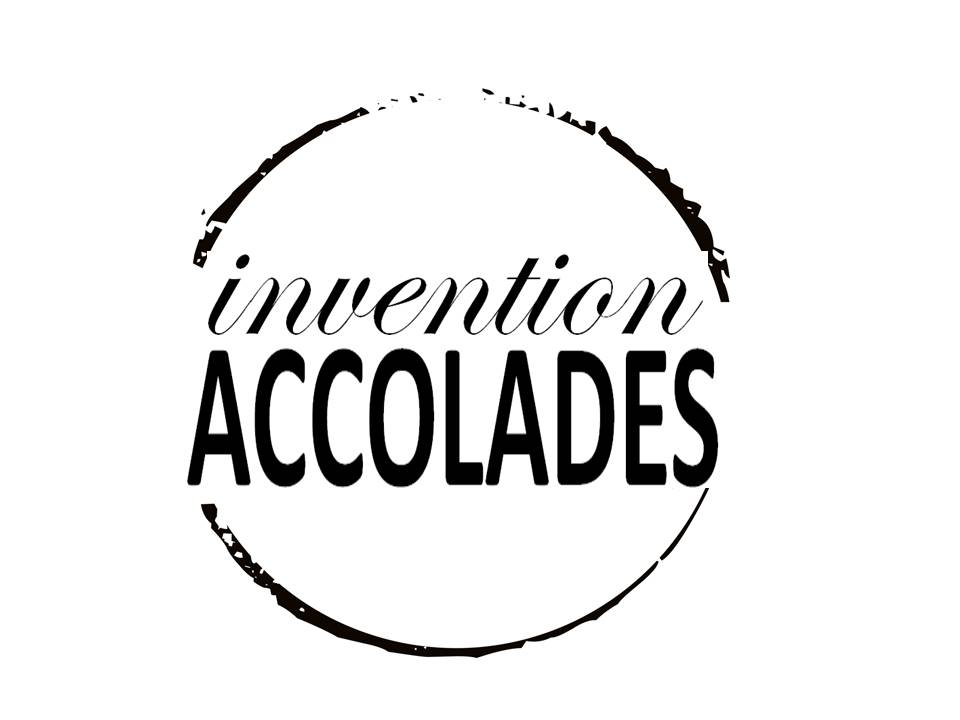

Which is more important – finding creative people or finding creative ideas?
When Pixar head, Ed Catmull, asked a great many people this question, the answers were split 50/50. This astonished Catmull because, as he simply put it, talent is rare.
The executive chairman of luxury goods maker LVMH, Bernard Arnault, is in the same frame of mind. In his 2001 interview with the Harvard Business Review, Bernard explained his whole business is based on giving the artists and designers, such as Dior’s top designer, John Galliano, and Vuitton’s Marc Jacobs, complete freedom to invent without limits. Only then can they truly innovate and create.
It’s not surprising that companies full of fashion, product designers and motion pictures retain the notion that innovation depends on talent. Engineering-orientated innovation thinkers, on the other hand, whose work forms a stream of thinking believe innovation comes from a process and is based on the precise exchange of information, as described in “Innovation at the Speed of Information” by Steven Eppinger. The goal for the engineering-thinkers is to turn the practice of innovation into something closer to a production process than a creative process in order to produce “more ideas – better ideas.”
The writers of “Building an Innovation Factory”, Robert Sutton and Andrew Hargadon, bring useful detail to what might seem like a generic process: start with many good ideas from various sources and build on them, play with them, imagine new uses for old ideas and turn promising concepts into real products, services and business models. Lego has used this system to great effect and P&G have arguably elevated the factory approach to its most elaborate yet.
One of the authors of “Build an Innovation Engine in 90 Days” was motivated to determine the most minimal steps an organization could take to create a reliable path to innovation, regardless of size, resources or creative genius. Scott Anthony felt uncomfortable with the notion that some innovation processes are as hard to emulate as the innovation cultures that depend on rare creative talent. The book lays out three somewhat tricky steps to getting innovative. Firstly, the top managers must establish how innovation fits within the corporate strategy. This is followed by exploring specific selected areas that fit within the company’s offering for potential customers. Lastly, appoint a small innovation team to implement changes to the business. While seemingly simple, these steps may require varied processes and undeniably capable people.
So to answer your question: both.
People matter. Process matters. Talented people can be diminished by poor processes. Smart processes can encourage hesitant people to think outside the box. In the best of both worlds, innovative processes allow extraordinary people to pursue innovative ideas. In the real world, less-than-perfect people are wise to use all the help they can get.
Source: Harvard Business Review